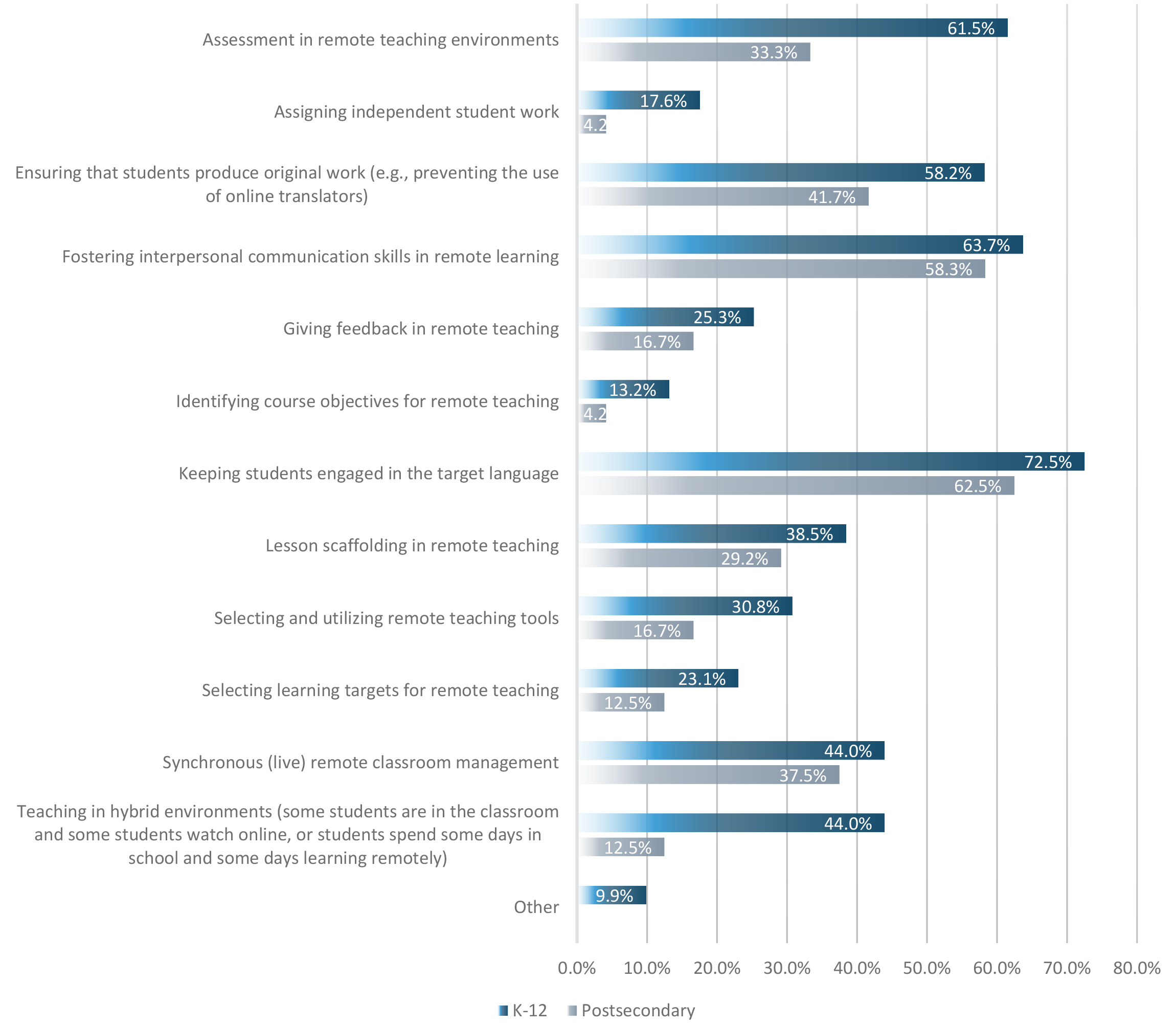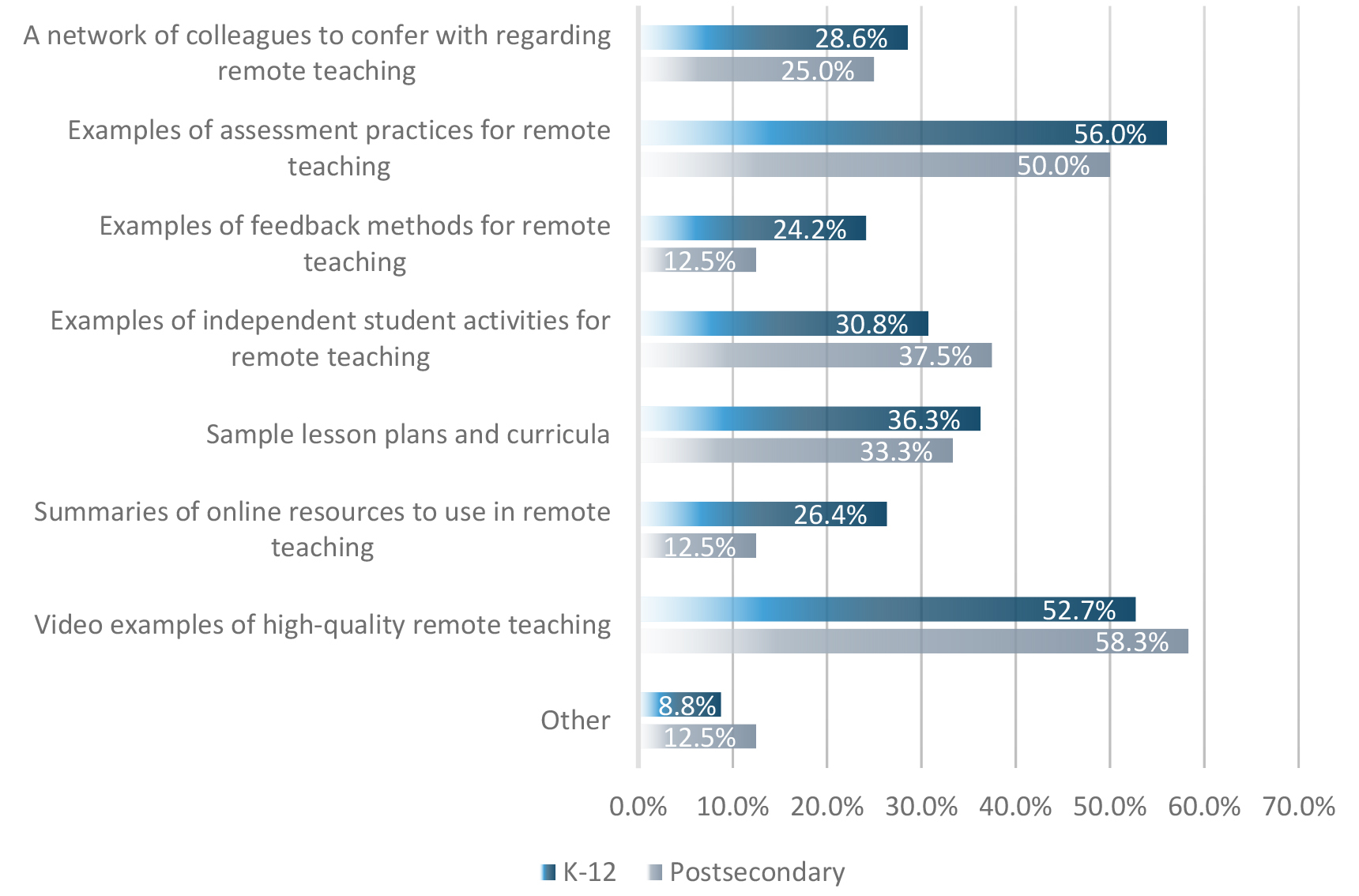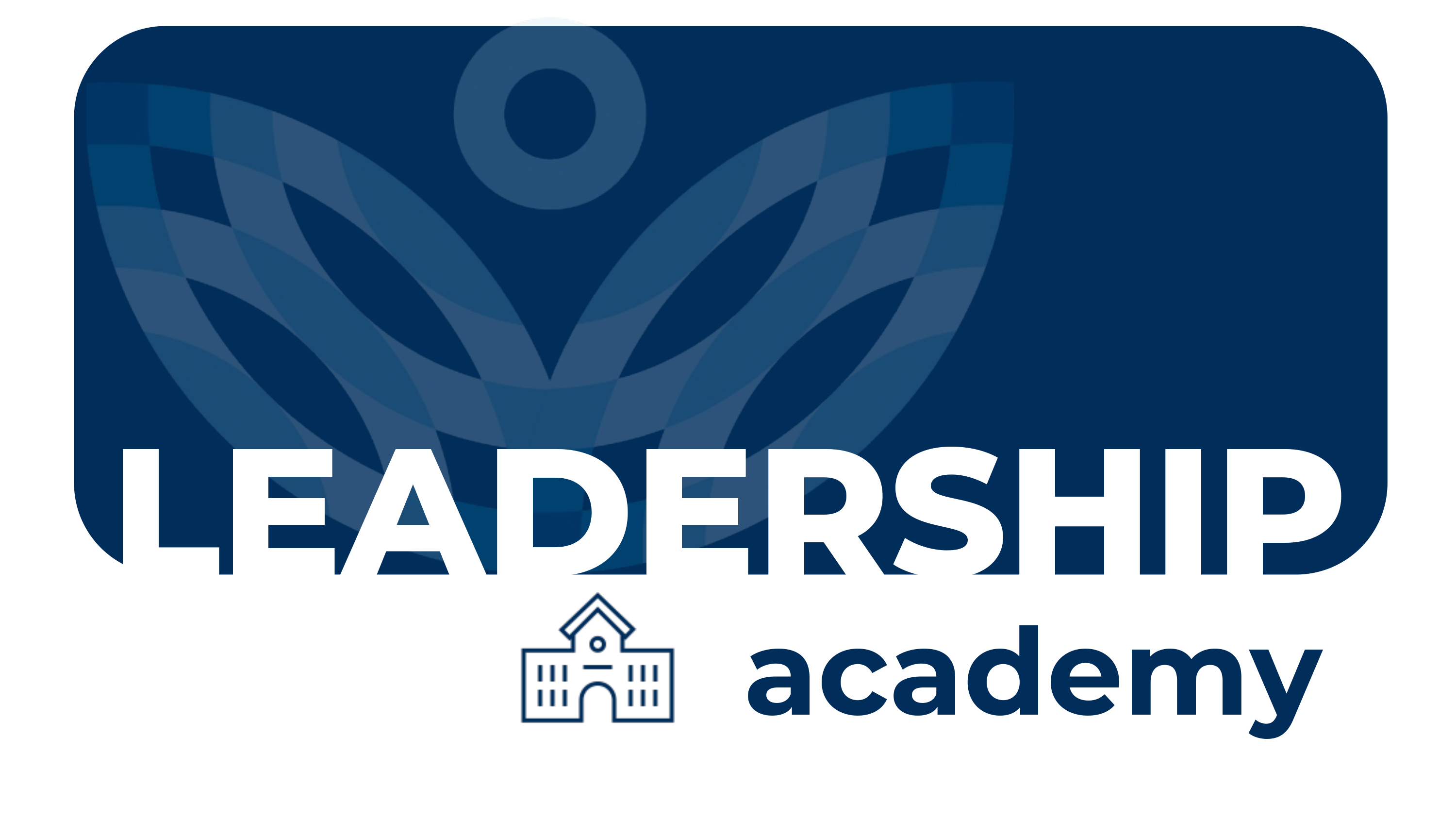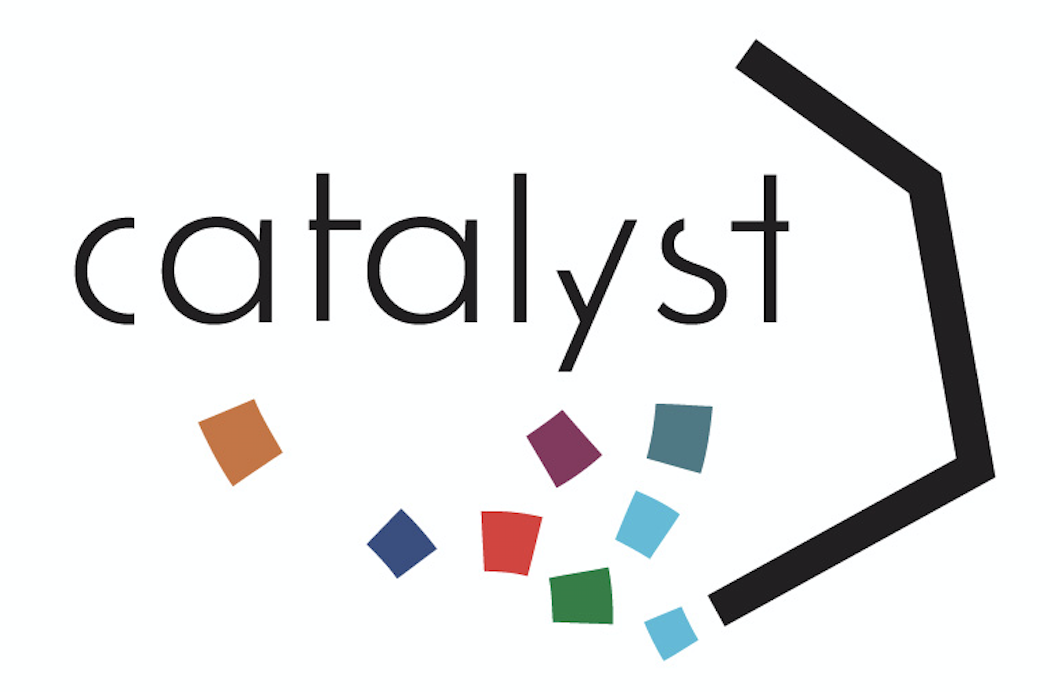Rebecca Rubin Damari, Svetlana V. Cook, Catherine Pulupa
Since the early spring of 2020, teachers of every subject, at every level, have put in enormous amounts of work to educate students in remote and hybrid formats due to the COVID-19 pandemic. They have drawn on old and new tools including textbooks, guided independent study, and educational applications accessible online. However, teachers of world languages face some unique challenges because of the specific demands of effective world language teaching. Students need high-quality communication and input from the teacher to grow their functional proficiency in the target language and to understand the content being taught. But how do language teachers effectively deliver instruction in the target language if they are not in the same physical environment? How do they conduct assessment and provide corrective feedback? How do they support the activities that take place on distant computer screens? How are language teachers adapting to the changes?
In September 2020, the Professionals in Education Advancing Research in Language Learning (PEARLL) Language Resource Center at the University of Maryland’s National Foreign Language Center (NFLC) set out to find the answers to these and many other questions in an attempt to understand the needs and the challenges that world language teachers face on a daily basis. We asked world language educators to complete a survey documenting their experiences during the 2020 pandemic, the lessons they learned from their teaching experiences in the spring of 2020, and the support that they still needed in preparation for continued remote teaching.
We received responses from 177 educators from 37 states and territories who teach a variety of world languages, with Spanish (41.2%), French (20.3%), and Chinese (16.9%) teachers being most represented in the survey sample. Other target languages taught by survey respondents included Arabic, German, Hebrew, Hindi, Italian, Japanese, Korean, Persian, Portuguese, and Russian. Slightly fewer than a half of the surveyed teachers primarily taught high school students; just under 20% primarily taught middle school and another 20% primarily taught in postsecondary educational settings. Elementary school and pre-K teachers accounted for about 8% of the sample. Among the surveyed group, half teach at suburban schools, one-third teach at urban schools, about 10% identified themselves as teaching in small towns, and the remaining 10% reported teaching in rural areas. One in ten respondents was a novice teacher, with five or fewer years of teaching experience.
Findings
If you have similar needs to those reported below, please click on the links in this section for valuable resources for remote teaching.
Respondents reported that they received a variety of methods of professional development or training in preparation for remote teaching in spring 2020, including training from their institution, from an external trainer—either hired by their institution or one they sought out themselves—and self-training. Those who received training for the transition reported that learning about tools and apps for WL teaching were the most helpful aspects of the PD they received, followed by lesson demonstrations/videos and examples of interactive activities.
In terms of their remaining PD needs, instructors reported keeping students engaged in the target language through remote teaching as the most pressing need; this was true of both K-12 teachers and college instructors. Both groups also had a marked need for training in fostering interpersonal communication skills in remote learning, while a majority of K-12 teachers were also seeking PD for assessment in remote teaching environments and ensuring that students produce original work.
What professional development do you need the most for future remote teaching?

Among the types of resources requested by survey respondents, the strongest needs from both K-12 and college instructors were for examples of assessment practices for remote teaching and video examples of high-quality remote teaching. Both groups were also seeking examples of independent student activities for remote teaching and sample lesson plans and curricula.
What kinds of resources would be most useful to you for future remote teaching?

There are additional resources related to remote teaching available via PEARLL, STARTALK and STARTALK CREATE, the NFLC 2020 Virtual Summit, and the We Teach Languages podcast.
Additional observations
The survey revealed some differences between the needs of novice educators (those with 0–5 years of classroom experience) and those of more experienced educators. The novice group reported a greater need for PD in synchronous (live) remote classroom management, giving feedback in remote teaching, and identifying course objectives for remote teaching, and they expressed a greater need than other teachers for sample lesson plans and curricula. All of these findings reflect the developmental stage and expected needs of early-career educators who lack the years or decades of teaching experience to draw on in a new teaching setting.
Teachers of commonly taught languages (French, German, Italian and Spanish) were more likely than teachers of other languages to report a need for more training in ensuring that students produce original work in remote learning contexts and fostering interpersonal communication skills in remote learning; teachers of commonly taught languages also had a greater demand for examples of assessment practices for remote teaching. The reported needs of teachers of less-commonly taught languages were more varied.
Despite the many challenges of living and teaching through a pandemic, remote teaching has not only been a negative. Most of the respondents to the survey found something positive to report about their experience teaching remotely, with over half of respondents reporting that freedom to experiment with teaching approaches or the ability to use a wide range of tools presented pleasant surprises in their teaching. Nearly half also appreciated the flexibility that came with remote teaching.
Looking ahead
Despite the emerging availability of COVID-19 vaccines, the U.S. is likely facing continued remote and hybrid teaching, at least in some places, through the end of the school year or even beyond. Additionally, over half of respondents to the survey predicted that their institutions would continue to rely on increased remote and/or hybrid teaching even beyond the current pandemic. With that in mind, the findings above may help administrators and trainers target their offerings to the needs of language educators.
As we begin a new calendar year, with hopes for an end this year to pandemic-based changes to our lives, we wish you a fulfilling and productive rest of the school year.
Title image by Jagrit Parajuli from Pixabay





